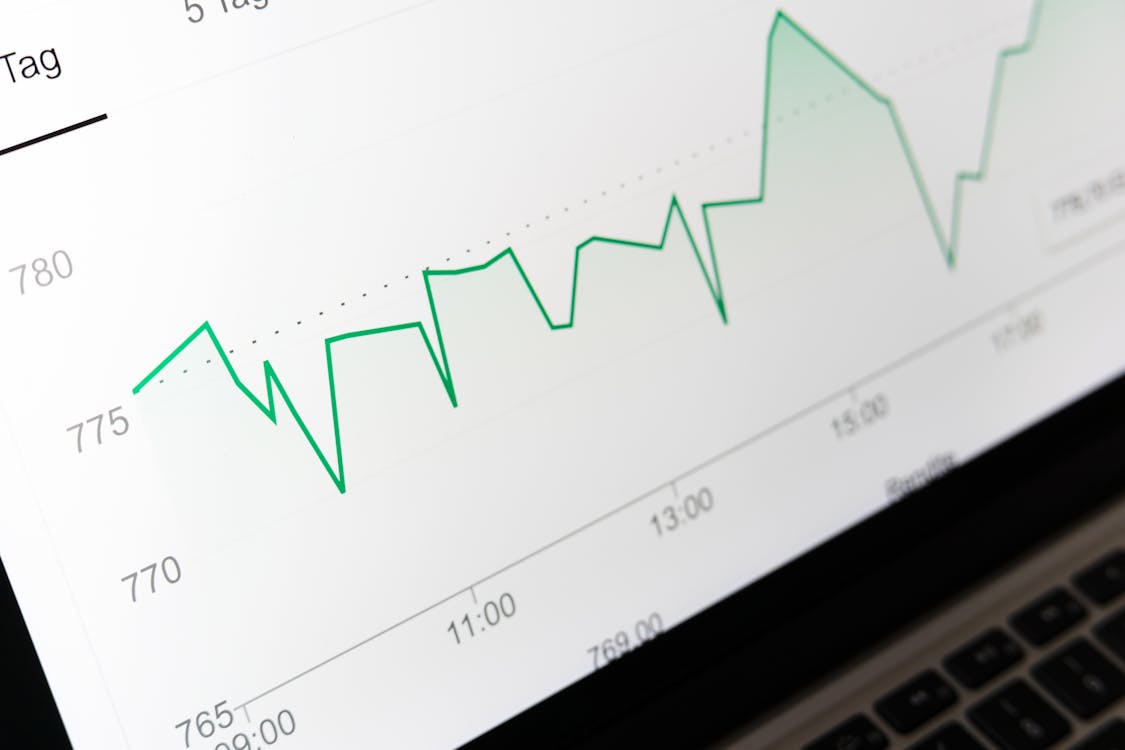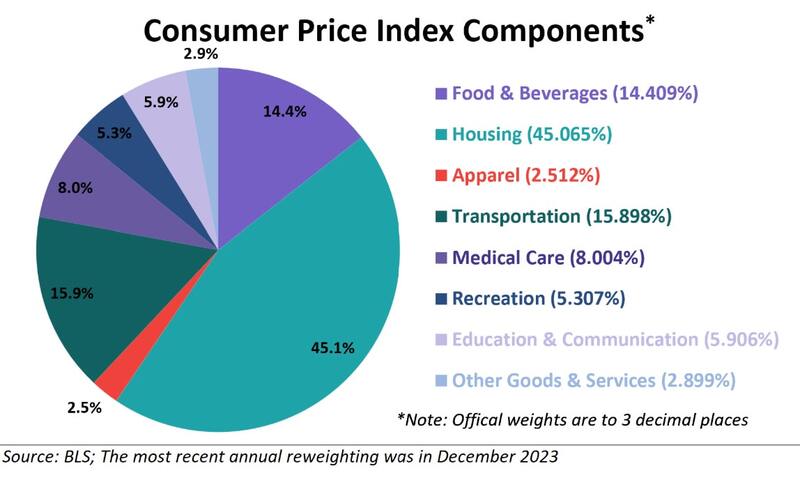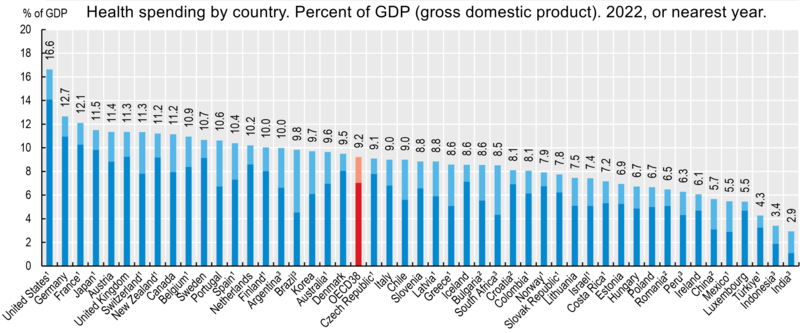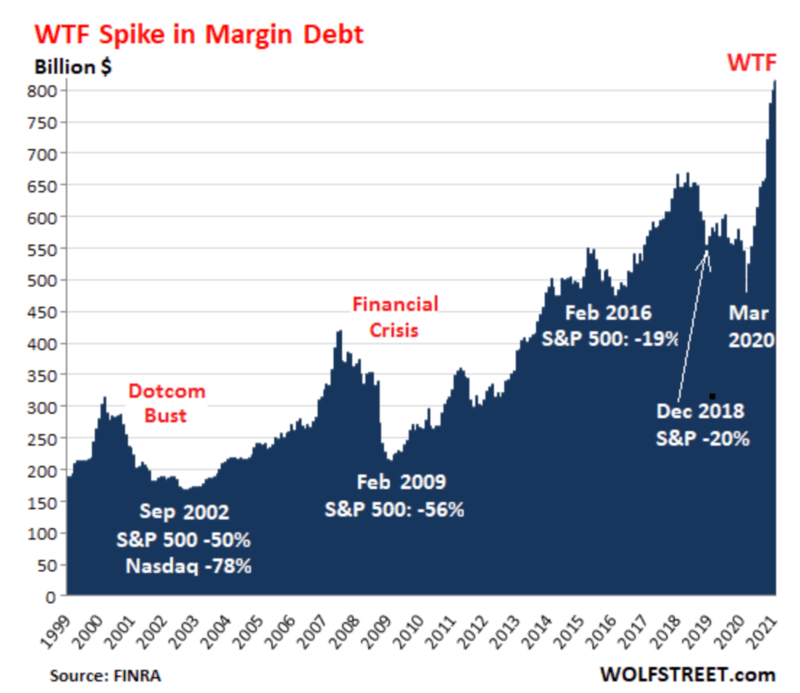How To Actually Lower Prices

Image Source: Pexels
Last week, a Reuters poll found Republicans are running 18 points ahead on immigration, 20 ahead on crime, 12 on foreign policy, and 10 on the economy.
With one very dark cloud: inflation. Polling says Trump is underwater by 22 points on the second biggest election issue after immigration.
Now, to be fair, voters don’t think Democrats have a plan on inflation either.
But prices are Trump’s Achilles heel. Especially when he swore on the campaign trail, “Starting Day One, Prices will come down fast… with everything.”

Inflation: Slower but Still Going Up
To be fair, inflation has slowed a lot, from 3% in Biden’s final year to an average of 2.3% since Trump took office.
This is largely because Congress slowed spending — federal spending is up 1.5% this year compared to 10% in Biden’s last year.
Still, 2.3% is not “prices coming down fast.”
So what would it take?
How to Lower Prices Fast
In short, you’ve got 2 options:
Either a mass culling of tens of thousands of crony regulations that collectively add 15% to 20% to the cost of everything you buy.
Including housing, where they add up to 24% — $94,000.
Or — the nuclear option — a Wall-Street gutting selloff of trillions in assets the Fed bought with printed money.

So the main parts of CPI inflation are:
-
Housing -- 45%.
-
Food and energy -- 25% (most of “transportation” is energy)
-
Healthcare -- 8%.
-
And manufactured imports, which are about 10%.
House prices actually go up with rate cuts -- which are finally happening -- since lower mortgages bid prices up. So even with deregulation, it’s hard to move that number.
On energy, prices are coming down --- about 20% since Trump took office. But they could be down a lot more without red tape that held oil production down to just 2% this year — miles from “Drill Baby Drill.”
Meanwhile, on tariffs, foreigners, and middlemen are eating them so far, but a tax on imports obviously isn’t making them cheaper.
Food and Healthcare
And that brings us to the big ones: Food and healthcare.
American food prices are roughly 15% higher because of red tape and mandates. While healthcare prices are double or more.
In fact, healthcare prices are driving the current shutdown.

Deregulation in food includes letting farmers plant what they want, letting them sell direct to consumers, ending biofuel mandates, and getting rid of environmental straitjackets that wipe out family farms.
In healthcare, the keys are price-transparency and cost-sharing, so hospitals have an incentive to cut prices — and so customers have an incentive to seek out lower prices.
Along with expanded scope of work, so you don’t need a doctor for the sniffles — nurses or pharmacists are cheap. Repealing so-called CON laws, where hospitals can literally veto new competitors. And reigning in ambulance-chaser trial lawyers.
Trump’s trying his best -- including a DOGE-driven repeal of tens of thousands of regulations that aren’t even authorized. But regulations are bought with good donor money.
So it’ll be trench warfare.
The Nuclear Option: The Fed
And that brings us to the final rabbit in the hat: the Federal Reserve.
Specifically, pawning off the $6 trillion of assets they bought with printed money during Covid.
6 trillion is nearly a third of the money supply. So pawning the Fed’s massive balance sheet would effectively cancel almost one in three dollars.
Lowering prices by 30% across the board.
Unfortunately, Wall Street is so dependent on that flood of money that it could set off a financial panic. In fact, we got mini-panics in 2013 and 2019 when the Fed dipped its toe into pawning its 2008 stash — so-called “Taper Tantrums.”

What’s Next
Trump promised lower prices. But with Congress failing to actually cut spending, the only way we get them is either deconstruct the regulatory state.
Or gut Wall Street and damn the torpedoes.
More By This Author:
Inflation, Debt, And Gold: Daniel Lacalle On The Fed’s Slow-Motion CrisisHow Will The Government Shutdown Impact Gold Prices?
Gold Still Underowned Despite Surge In Investment Demand



